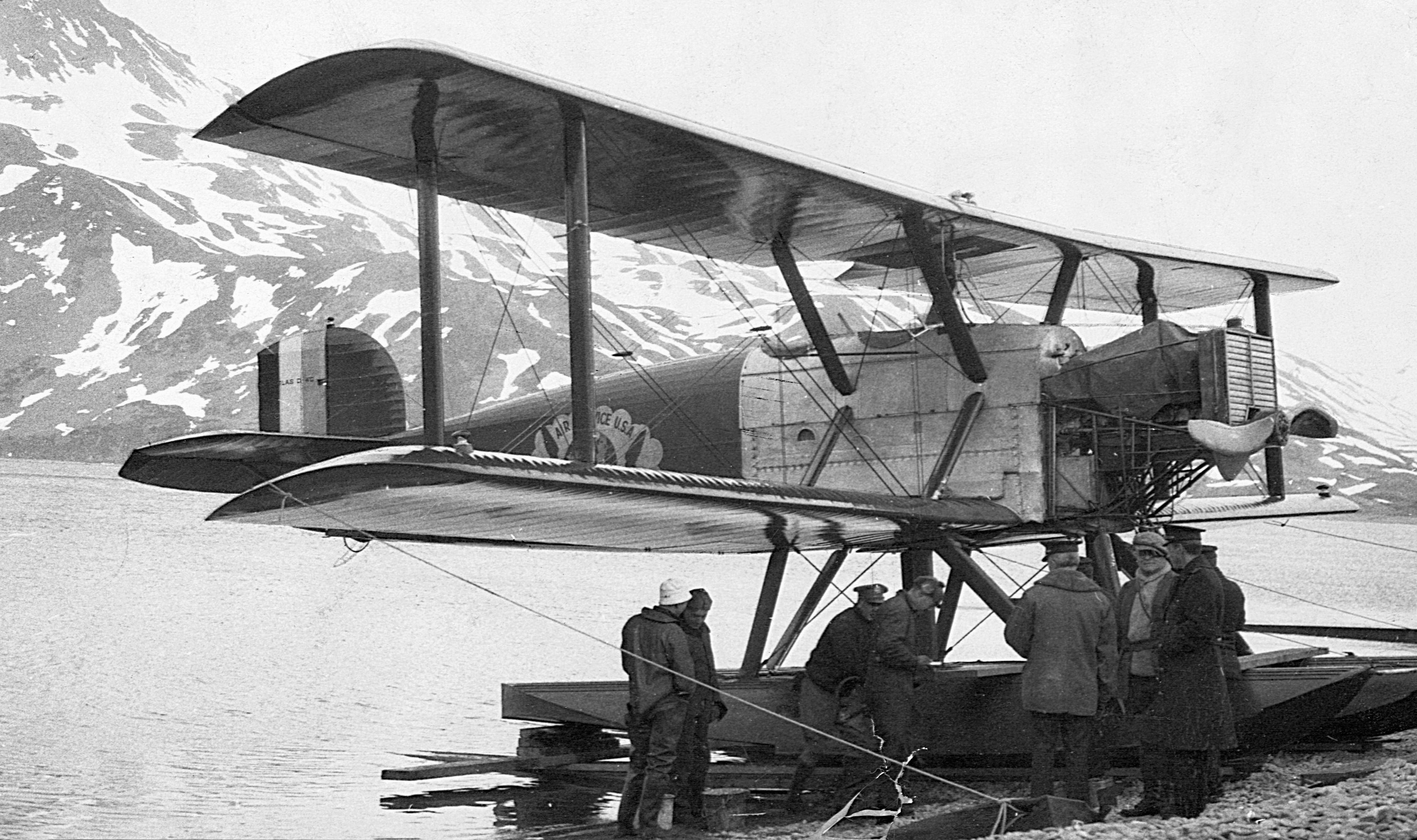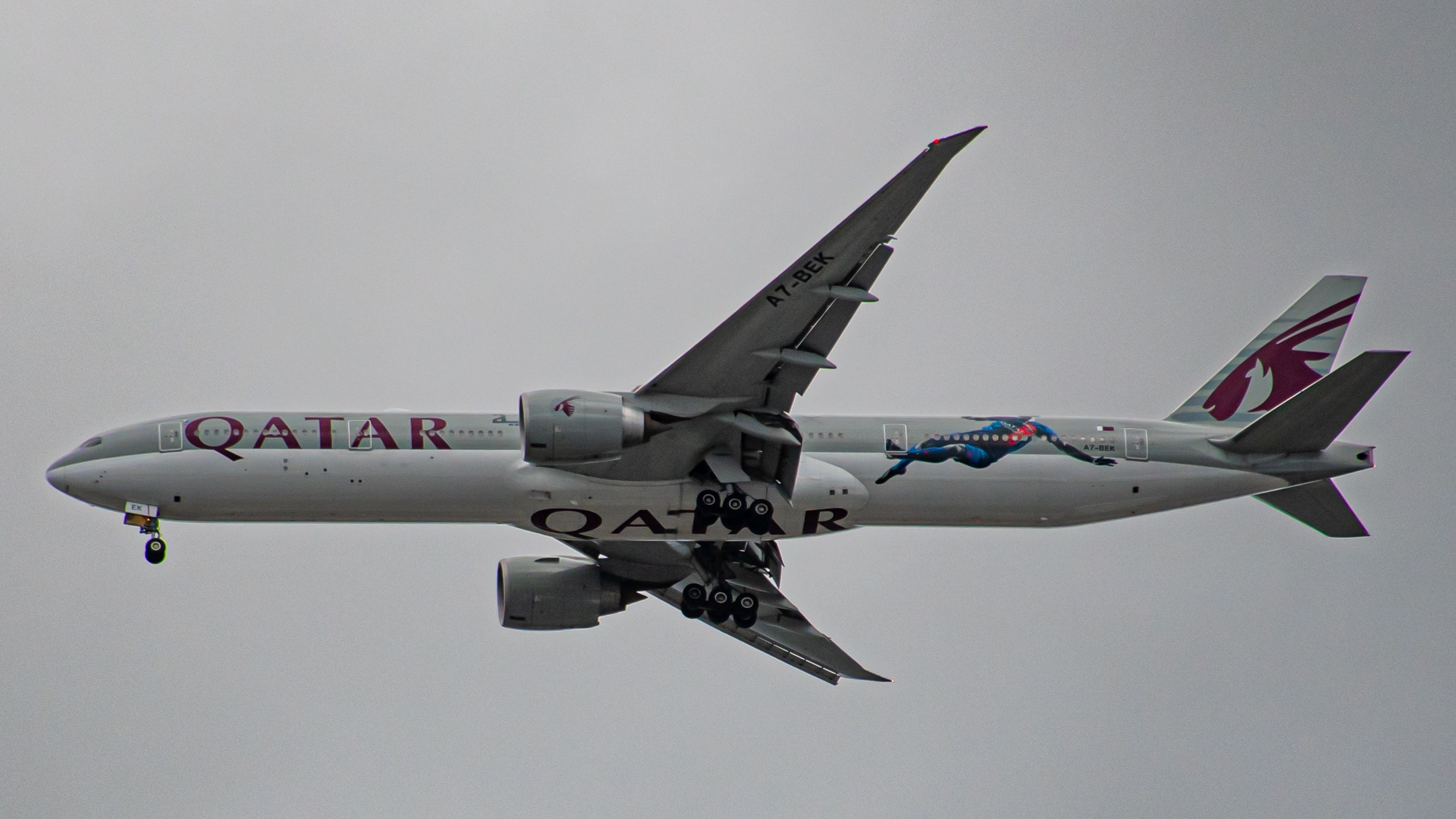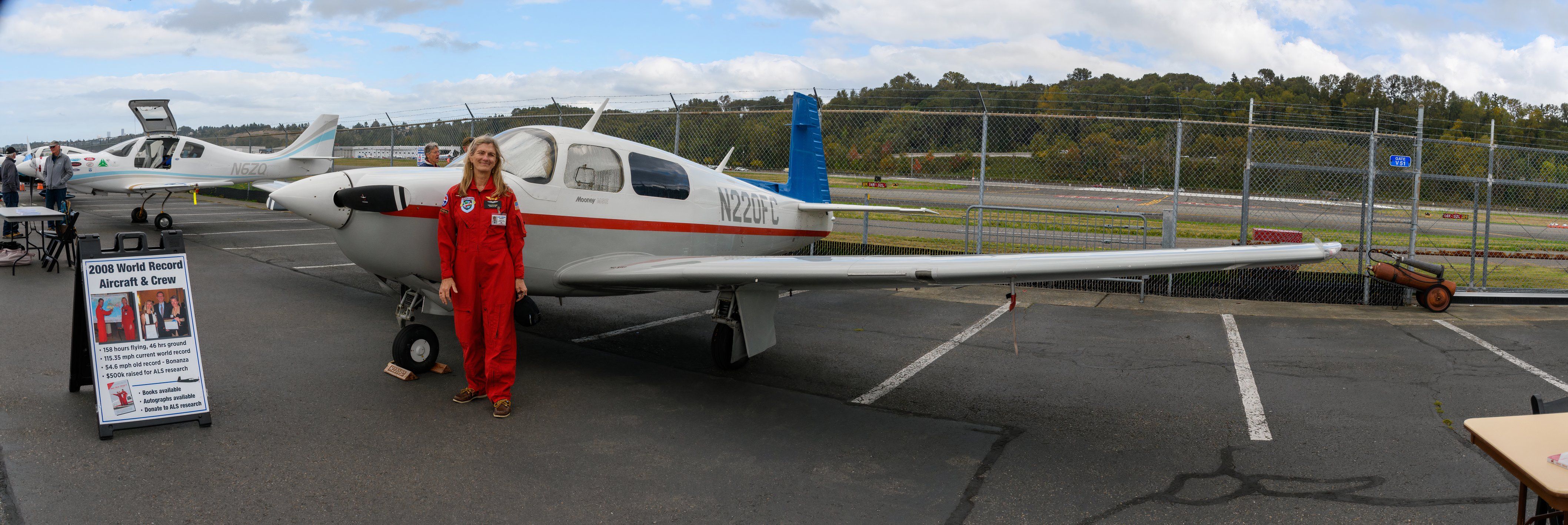Between September 27 and September 30, various Seattle historical groups and The Museum of Flight
held a celebration commemorating 100 years of the first global circumnavigation
by aviation. Other circumnavigators were also honored, sharing how, in their small aircraft, they could navigate around the equator or the poles.
Going around the Earth, first in biplanes
Four of Douglas Aircraft Company’s Douglas World Cruisers conducted the first circumnavigation of Earth by airplanes. Previously profiled by Simple Flying, the Douglas World Cruiser was a modified Douglas DT-2 torpedo bomber intended to circumnavigate the globe.

Related
What Was The Douglas World Cruiser?
A team of Douglas World Cruisers set off to take on the world nearly a century ago.
For the Douglas World Cruiser to fly around the Earth, it needed a 420 hp Liberty L-12 engine fueled by six fuel tanks, providing 644 gallons (2,438 liters) of fuel for each leg of the circumnavigation. Boeing, at the time, a separate and competing aeronautic firm, helped the effort by providing pontoon floats – perhaps portending when Boeing bought McDonnell Douglas in 1997. Additionally, the Douglas World Cruiser needed an earth inductor compass to navigate.
Earth inductor compasses early global navigation for aviators
The earth inductor compass was incredibly useful before today’s satellite navigation. According to a June 1927 Aero Digest paper by Brice Goldsborough of the Pioneer Instrument Company and an engineer behind its creation, the earth inductor compass used a generator, a controller, and an indicator. The earth’s magnetic field serves as the poles of the generator while calculating the aircraft’s direction from the change in voltage. As Bob Dempster shared in his “100th Anniversary, First World Flight” talk to Seattle’s Museum of Flight,
“Like a directional gyro, you set your direction right, and then off you go. It was actually a motor, and it had a little propeller on the back that turned around, there were null points, so you would adjust it to whatever direction you wanted. Then if you went either side of those null points, it would generate electricity plus or minus.”
Charles Lindbergh also used the device in his New York City to Paris flight. Although the earth inductor compass was not as high quality as today’s global positioning system is to pilots,
Upgrades to modern aviation navigation
On that note, as pictured below, appropriately, a Qatar Airways Boeing 777-300ER
in A7-BEK on final to Seattle-Tacoma Seattle International Airport flew overhead while I was touring the circumnavigation aircraft. The Boeing 777-300ER had a Paris Saint-Germain soccer player on the side, representing just how global aviation has become. With a range of 7,370 mi (13,649 km; 8,480 mi) – the 777-300ER wouldn’t need that many technical stops/tech stops to circumnavigate the globe at Mach 0.84 (482 kn; 892 km/h; 554 mph) either longitudinally or latitudinally. Also worth noting is that the 777-300ER’s navigation was supported by the latest in GPS, INS, Qatar Airways dispatchers, and international air traffic control.
Photo: Joe Kunzler | Simple Flying
Later global circumnavigation attempts in much smaller aircraft would also be able to use ground control to help. Although those attempts, like Bill Harrelson’s with his Lancair IV, did not require the skills of an airline dispatcher with FlightRadar24 and other flight tracking options, the later circumnavigators could help find their way to the next steering point.
Bottom line: Circumnavigators rely on modern technology far surpassing 1924’s
Ultimately, today’s circumnavigators fly around the world to promote global unity and advance aviation technology—they do so with the support of satellites, ground crews, and more. In the case of Robert DeLaurentis, who took a Gulfstream Turbo Commander 900 around both poles instead of the traditional latitudinal circumnavigation, Robert shared with Simple Flying that sometimes he’d have to use a sextant as GPS would turn unreliable while polar circumnavigating on biofuels over Earth’s poles. To learn more about DeLaurentis’ efforts, one can see a few photos taken below:
A long way, and yet the same reason why the first aerial circumnavigation was made: To promote American greatness and to further aviation technology. But others like CarolAnn Garratt and Carol Foy have made circumnavigations in aircraft like the Mooney M20J pictured below not just to set records but also to fund research into ALS or Amyotrophic Lateral Sclerosis, also known as Lou Gehrig’s disease, which attacks the motor neurons in the brain and spinal cord until a human cannot live anymore.
Photo: Joe Kunzler | Simple Flying
In the final analysis, circumnavigation of the Earth can be to advance aviation technology, make a political statement, get the world’s attention, set a few records or a combination. The daring pilots who do so today continue the work of the world’s first circumnavigators.


